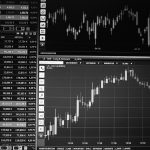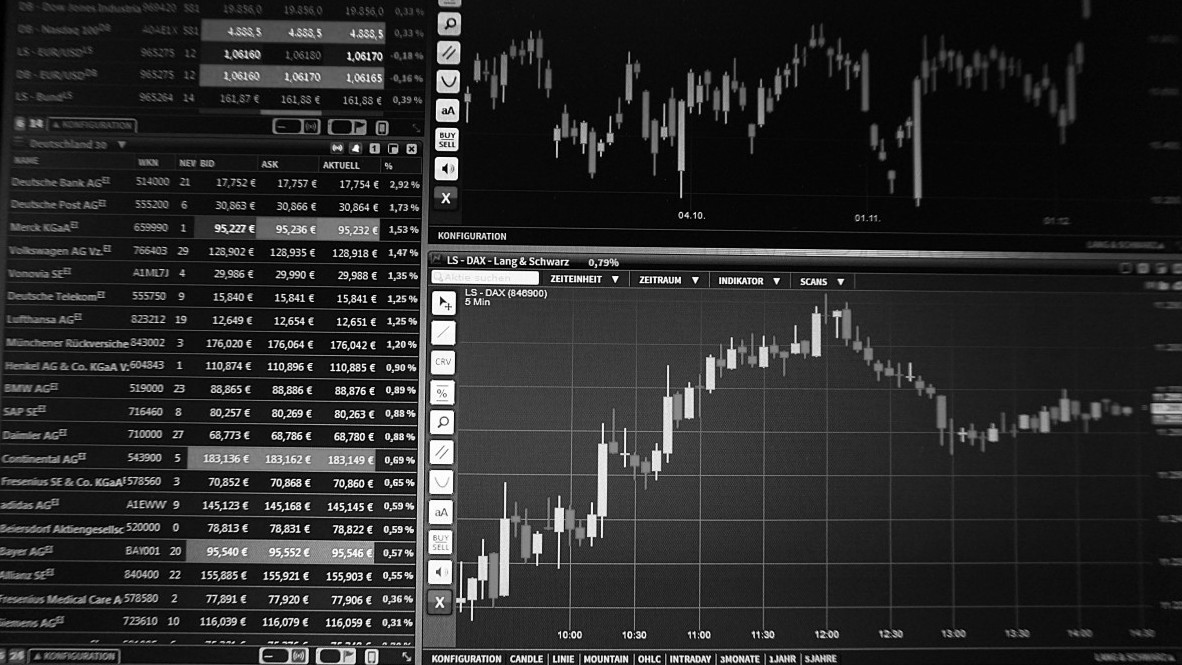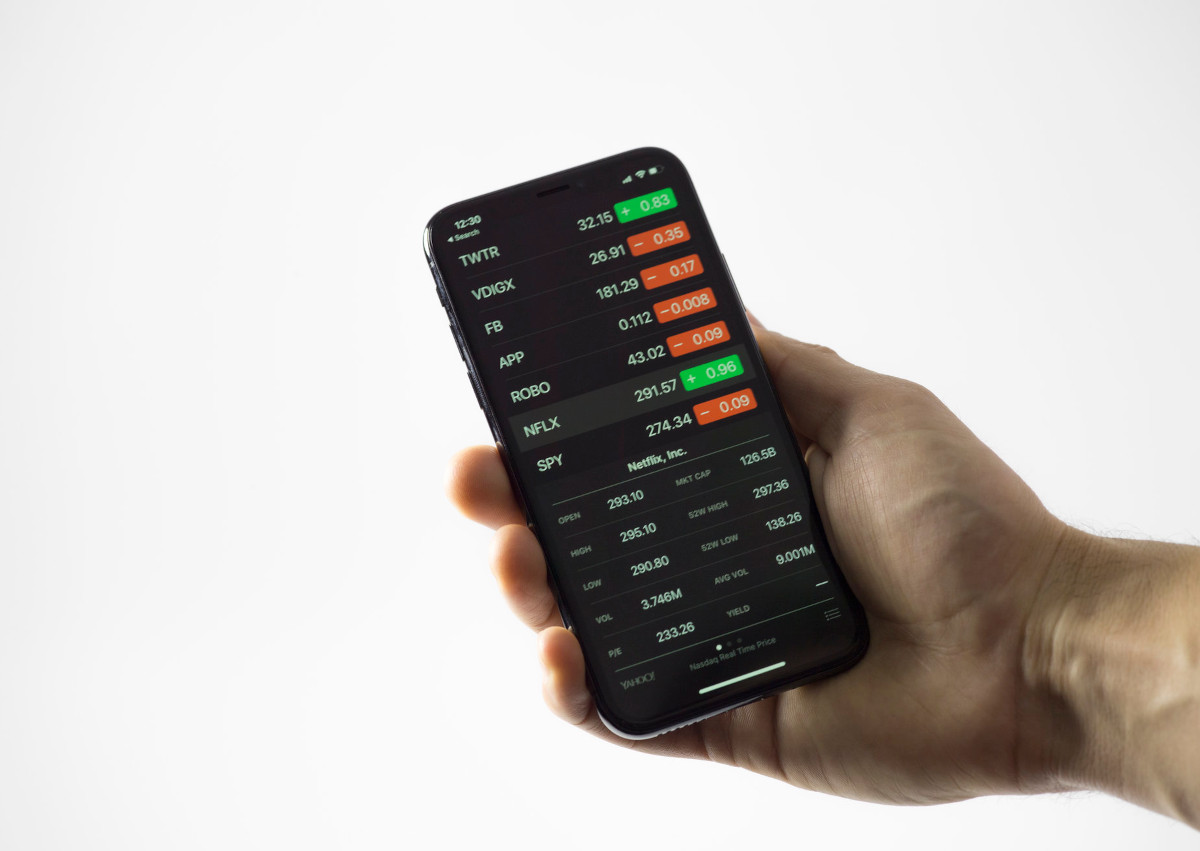(VIANEWS) – Putnam Master Intermediate Income Trust (PIM), The Carlyle Group (CG), Allstate (ALL) are the highest payout ratio stocks on this list.
We have gathered information regarding stocks with the highest payout ratio at the moment. The payout ratio in itself isn’t a guarantee of good investment but it’s an indicator of whether dividends are being paid and how the company chooses to issue them.
When investigating a potential investment, the dividend payout ratio is a good statistic to know so here are a few stocks with an above 30% percent payout ratio.
1. Putnam Master Intermediate Income Trust (PIM)
528% Payout Ratio
Putnam Master Intermediate Income Trust is a closed ended fixed income mutual fund launched and managed by Putnam Investment Management, LLC. The fund is co-managed by Putnam Investments Limited. It invests in the fixed income markets of the United States. The fund invests in bonds of companies operating across diversified sectors. It benchmarks the performance of its portfolio against the Barclays Capital Government/Credit Bond Index. Putnam Master Intermediate Income Trust was formed on April 29, 1988 and is domiciled in the United States.
Earnings Per Share
As for profitability, Putnam Master Intermediate Income Trust has a trailing twelve months EPS of $0.05.
PE Ratio
Putnam Master Intermediate Income Trust has a trailing twelve months price to earnings ratio of 63.8. Meaning, the purchaser of the share is investing $63.8 for every dollar of annual earnings.
The company’s return on equity, which measures the profitability of a business relative to shareholder’s equity, for the twelve trailing months is 1.57%.
Volume
Today’s last reported volume for Putnam Master Intermediate Income Trust is 53776 which is 8.57% below its average volume of 58823.
Moving Average
Putnam Master Intermediate Income Trust’s value is below its 50-day moving average of $3.21 and above its 200-day moving average of $3.14.
2. The Carlyle Group (CG)
232.76% Payout Ratio
The Carlyle Group Inc. is an investment firm specializing in direct and fund of fund investments. Within direct investments, it specializes in management-led/ Leveraged buyouts, privatizations, divestitures, strategic minority equity investments, structured credit, global distressed and corporate opportunities, small and middle market, equity private placements, consolidations and buildups, senior debt, mezzanine and leveraged finance, and venture and growth capital financings, seed/startup, early venture, emerging growth, turnaround, mid venture, late venture, PIPES. The firm invests across four segments which include Corporate Private Equity, Real Assets, Global Market Strategies, and Solutions. The firm typically invests in industrial, agribusiness, ecological sector, fintech, airports, parking, Plastics, Rubber, diversified natural resources, minerals, farming, aerospace, defense, automotive, consumer, retail, industrial, infrastructure, energy, power, healthcare, software, software enabled services, semiconductors, communications infrastructure, financial technology, utilities, gaming, systems and related supply chain, electronic systems, systems, oil and gas, processing facilities, power generation assets, technology, systems, real estate, financial services, transportation, business services, telecommunications, media, and logistics sectors. Within the industrial sector, the firm invests in manufacturing, building products, packaging, chemicals, metals and mining, forestry and paper products, and industrial consumables and services. In consumer and retail sectors, it invests in food and beverage, retail, restaurants, consumer products, domestic consumption, consumer services, personal care products, direct marketing, and education. Within aerospace, defense, business services, and government services sectors, it seeks to invest in defense electronics, manufacturing and services, government contracting and services, information technology, distribution companies. In telecommunication and media sectors, it invests in cable TV, directories, publishing, entertainment and content delivery services, wireless infrastructure/services, fixed line networks, satellite services, broadband and Internet, and infrastructure. Within real estate, the firm invests in office, hotel, industrial, retail, for sale residential, student housing, hospitality, multifamily residential, homebuilding and building products, and senior living sectors. The firm seeks to make investments in growing business including those with overleveraged balance sheets. The firm seeks to hold its investments for four to six years. In the healthcare sector, it invests in healthcare services, outsourcing services, companies running clinical trials for pharmaceutical companies, managed care, pharmaceuticals, pharmaceutical related services, healthcare IT, medical, products, and devices. It seeks to invest in companies based in Sub-Saharan focusing on Ghana, Kenya, Mozambique, Botswana, Nigeria, Uganda, West Africa, North Africa and South Africa focusing on Tanzania and Zambia; Asia focusing on Pakistan, India, South East Asia, Indonesia, Philippines, Vietnam, Korea, and Japan; Australia; New Zealand; Europe focusing on France, Italy, Denmark, United Kingdom, Germany, Austria, Belgium, Finland, Iceland, Ireland, Netherlands, Norway, Portugal, Spain, Benelux , Sweden, Switzerland, Hungary, Poland, and Russia; Middle East focusing on Bahrain, Jordan, Kuwait, Lebanon, Oman, Qatar, Saudi Arabia, Turkey, and UAE; North America focusing on United States which further invest in Southeastern United States, Texas, Boston, San Francisco Bay Area and Pacific Northwest; Asia Pacific; Soviet Union, Central-Eastern Europe, and Israel; Nordic region; and South America focusing on Mexico, Argentina, Brazil, Chile, and Peru. The firm seeks to invest in food, financial, and healthcare industries in Western China. In the real estate sector, the firm seeks to invest in various locations across Europe focusing on France and Central Europe, United States, Asia focusing on China, and Latin America. It typically invests between $1 million and $50 million for venture investments and between $50 million and $2 billion for buyouts in companies with enterprise value of between $31.57 million and $1000 million and sales value of $10 million and $500 million. It seeks to invest in companies with market capitalization greater than $50 million and EBITDA between $5 million to $25 million. It prefers to take a majority or a minority stake. While investing in Japan, it does not invest in companies with more than 1,000 employees and prefers companies' worth between $100 million and $150 million. The firm originates, structures, and acts as lead equity investor in the transactions. The Carlyle Group Inc. was founded in 1987 and is based in Washington, District of Columbia with additional offices in 21 countries across 5 continents (North America, South America, Asia, Australia and Europe).
Earnings Per Share
As for profitability, The Carlyle Group has a trailing twelve months EPS of $-1.68.
The company’s return on equity, which measures the profitability of a business relative to shareholder’s equity, for the twelve trailing months is negative -7.88%.
3. Allstate (ALL)
107.79% Payout Ratio
The Allstate Corporation, together with its subsidiaries, provides property and casualty, and other insurance products in the United States and Canada. It operates in five segments: Allstate Protection; Protection Services; Allstate Health and Benefits; Run-off Property-Liability; and Corporate and Other segments. The Allstate Protection segment offers private passenger auto and homeowners insurance; other personal lines products; and commercial lines products through agents, contact centers, and online. The Protection Services segment provides consumer product protection; protection and insurance products, including vehicle service contracts, guaranteed asset protection, road hazard tire and wheel, and paintless dent repair protection; and roadside assistance, device and mobile data collection services, and analytic solutions using automotive telematics information, as well as identity theft protection and remediation services. This segment also offers its products under various brands, including Allstate Protection Plans, Allstate Dealer Services, Allstate Roadside, Arity, Avail, and Allstate Identity Protection. The Allstate Health and Benefits segment provides life, accident, critical illness, short-term disability, and other health insurance products; stop-loss and fully insured group health products to employers; and short-term medical and medicare supplement insurance to individuals. The Run-off Property-Liability segment offers property and casualty insurance coverage that primarily relates to policies written during the 1960s through the mid-1980s. The Corporate and Other segment provides debt services, as well as non-insurance operations. It sells its products through agents, independent agents, call and contact centers, retailers, direct to consumer, wholesale partners, and affinity groups, as well as through online and mobile applications. The Allstate Corporation was founded in 1931 and is headquartered in Northbrook, Illinois.
Earnings Per Share
As for profitability, Allstate has a trailing twelve months EPS of $-1.21.
The company’s return on equity, which measures the profitability of a business relative to shareholder’s equity, for the twelve trailing months is negative -1.22%.
Moving Average
Allstate’s worth is above its 50-day moving average of $154.98 and way higher than its 200-day moving average of $127.00.
Revenue Growth
Year-on-year quarterly revenue growth grew by 8.7%, now sitting on 57.09B for the twelve trailing months.
Dividend Yield
As stated by Morningstar, Inc., the next dividend payment is on Mar 1, 2024, the estimated forward annual dividend rate is 3.68 and the estimated forward annual dividend yield is 2.35%.
Earnings Before Interest, Taxes, Depreciation, and Amortization
Allstate’s EBITDA is 0.88.
4. AllianceBernstein National Municipalome Fund (AFB)
66.58% Payout Ratio
Earnings Per Share
As for profitability, AllianceBernstein National Municipalome Fund has a trailing twelve months EPS of $-0.05.
The company’s return on equity, which measures the profitability of a business relative to shareholder’s equity, for the twelve trailing months is negative -0.38%.
5. Silvercrest Asset Management Group (SAMG)
59.84% Payout Ratio
Silvercrest Asset Management Group Inc., a wealth management firm, provides financial advisory and related family office services in the United States. The company serves ultra-high net worth individuals and families, as well as their trusts; endowments; foundations; and other institutional investors. It also manages funds of funds and other investment funds. The company was founded in 2002 and is headquartered in New York, New York.
Earnings Per Share
As for profitability, Silvercrest Asset Management Group has a trailing twelve months EPS of $1.22.
PE Ratio
Silvercrest Asset Management Group has a trailing twelve months price to earnings ratio of 13.11. Meaning, the purchaser of the share is investing $13.11 for every dollar of annual earnings.
The company’s return on equity, which measures the profitability of a business relative to shareholder’s equity, for the twelve trailing months is 12.26%.
Growth Estimates Quarters
The company’s growth estimates for the ongoing quarter and the next is 20% and 26.5%, respectively.
6. Packaging Corporation of America (PKG)
58.96% Payout Ratio
Packaging Corporation of America manufactures and sells containerboard and corrugated packaging products in the United States. The company operates through Packaging and Paper segments. The Packaging segment offers various containerboard and corrugated packaging products, such as conventional shipping containers used to protect and transport manufactured goods; multi-color boxes and displays that help to merchandise the packaged product in retail locations; and honeycomb protective packaging products, as well as packaging for meat, fresh fruit and vegetables, processed food, beverages, and other industrial and consumer products. This segment sells its corrugated products through a direct sales and marketing organization, independent brokers, and distribution partners. The Paper segment manufactures and sells commodity and specialty papers, as well as communication papers, including cut-size office papers, and printing and converting papers. This segment sells white papers through its sales and marketing organization. Packaging Corporation of America was founded in 1867 and is headquartered in Lake Forest, Illinois.
Earnings Per Share
As for profitability, Packaging Corporation of America has a trailing twelve months EPS of $8.49.
PE Ratio
Packaging Corporation of America has a trailing twelve months price to earnings ratio of 21.58. Meaning, the purchaser of the share is investing $21.58 for every dollar of annual earnings.
The company’s return on equity, which measures the profitability of a business relative to shareholder’s equity, for the twelve trailing months is 19.97%.
Earnings Before Interest, Taxes, Depreciation, and Amortization
Packaging Corporation of America’s EBITDA is 2.34.
Growth Estimates Quarters
The company’s growth estimates for the ongoing quarter and the next is a negative 26.4% and a negative 4.8%, respectively.
1. 1 (1)
1% Payout Ratio
1
Earnings Per Share
As for profitability, 1 has a trailing twelve months EPS of $1.
PE Ratio
1 has a trailing twelve months price to earnings ratio of 1. Meaning, the purchaser of the share is investing $1 for every dollar of annual earnings.
The company’s return on equity, which measures the profitability of a business relative to shareholder’s equity, for the twelve trailing months is 1%.











